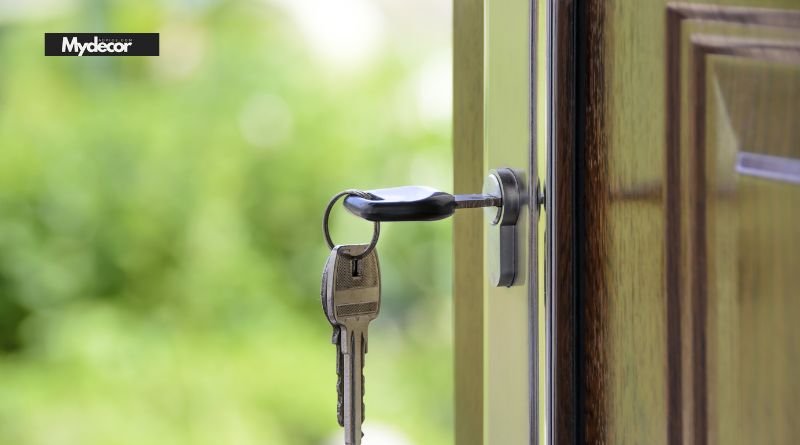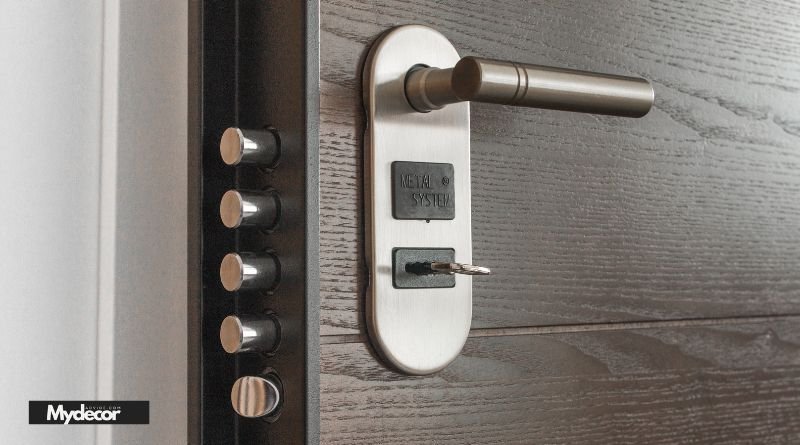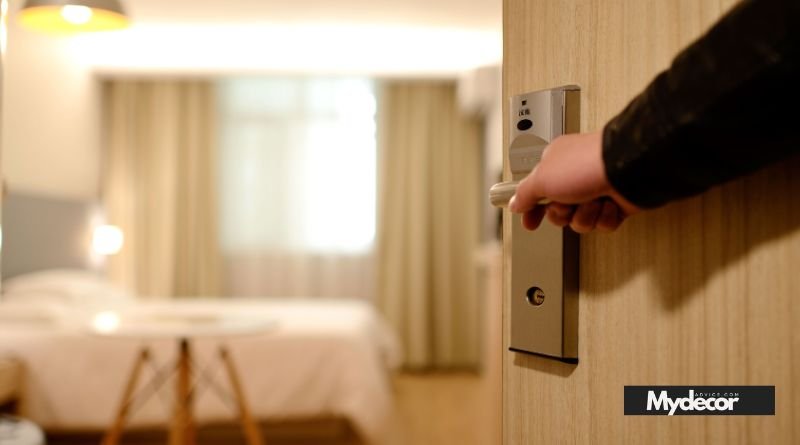A door stopper is a small yet indispensable device that plays a crucial role in homes, offices, and public spaces. Whether you want to prevent a door from slamming shut, protect your walls from damage, or keep a door securely open, door stoppers offer an effective solution. This guide delves into the different types of door stoppers, their materials, functions, and tips for selecting the right one for your needs.
What is a Door Stopper?
A door stopper is a device designed to control the movement of a door. It can serve various purposes, including:
- Preventing Damage: Door stoppers protect walls, furniture, and other structures from being struck by swinging doors.
- Enhancing Safety: They help avoid injuries caused by doors unexpectedly closing or opening.
- Convenience: Door stoppers ensure doors remain open for easy access, especially in busy environments like offices or hospitals.
With these benefits, door stoppers are essential tools for maintaining safety and functionality in both residential and commercial spaces.
Types of Door Stoppers
Door stoppers come in various types, each suited for specific applications. Understanding these options will help you make an informed choice.

1. Wedge Door Stoppers
Wedge-shaped stoppers are among the most common types. They are typically made from rubber or wood and are placed under the door to prevent it from moving.
- Advantages: Simple to use, portable, and affordable.
- Best For: Temporary solutions and lightweight doors.
2. Wall-Mounted Door Stoppers
These stoppers are attached to walls to prevent doors from hitting them. They often feature a rubber tip to absorb impact.
- Advantages: Protects walls effectively and is available in stylish designs.
- Best For: High-traffic areas and heavy doors.
3. Floor-Mounted Door Stoppers
Installed on the floor, these stoppers keep the door from swinging too far. They’re durable and often used in commercial settings.
- Advantages: Robust and long-lasting.
- Best For: Heavy-duty applications and areas prone to strong drafts.
4. Magnetic Door Stoppers
Magnetic stoppers use a magnet to hold the door in place when opened. These stoppers are sleek and versatile.
- Advantages: Modern design and effective in securing doors.
- Best For: Homes and offices seeking a minimalist aesthetic.
5. Spring Door Stoppers
Spring stoppers are mounted on walls or baseboards and have a flexible spring design that absorbs impact.
- Advantages: Easy to install and prevents damage to doors and walls.
- Best For: Residential use and lightweight doors.
Materials Used in Door Stoppers
Door stoppers are crafted from various materials, each offering unique benefits. Choosing the right material ensures durability and functionality.
1. Rubber
Rubber is a popular choice due to its flexibility and non-slip properties. It’s commonly used in wedge stoppers and tips of wall-mounted stoppers.
- Pros: Affordable, lightweight, and effective on smooth surfaces.
- Cons: Less durable for heavy-duty applications.
2. Metal
Metal stoppers, such as stainless steel and brass, are sturdy and long-lasting. They’re often used in floor-mounted and magnetic stoppers.
- Pros: Durable, rust-resistant, and stylish.
- Cons: Heavier and more expensive than other materials.
3. Wood
Wooden stoppers offer a classic and eco-friendly option. They’re mostly used in wedge designs.
- Pros: Natural aesthetic and biodegradable.
- Cons: Prone to wear and tear over time.
4. Plastic
Plastic is lightweight and cost-effective, making it a common material for temporary stoppers.
- Pros: Affordable and versatile.
- Cons: Less durable and prone to cracking.
How to Choose the Right Door Stopper
Selecting the right door stopper involves considering several factors to ensure it meets your specific needs. Here are some key aspects to evaluate:
1. Door Type and Weight
- Lightweight doors can use rubber or plastic stoppers, while heavier doors may require metal or floor-mounted options.
- Consider the door’s material and frequency of use.
2. Location
- For outdoor areas, opt for weather-resistant materials like stainless steel.
- In high-traffic areas, durability and robustness are essential.
3. Design and Aesthetics
- Choose a stopper that complements your interior decor.
- Magnetic and metal stoppers often offer sleek designs for modern spaces.
4. Installation Method
- Temporary needs call for portable wedge stoppers.
- Permanent installations like wall-mounted or floor-mounted stoppers require more effort but offer better durability.
5. Budget
- Determine your budget and find a stopper that balances cost and quality.

Installation and Maintenance Tips
Proper installation and maintenance ensure your door stopper functions optimally for years to come.
Installation
- Wedge Stoppers: Simply place under the door; no tools required.
- Wall-Mounted Stoppers: Use screws and anchors to secure them to the wall.
- Floor-Mounted Stoppers: Drill holes in the floor and fasten the stopper securely.
Maintenance
- Regularly clean rubber stoppers to remove dirt and maintain grip.
- Check screws on mounted stoppers to ensure they remain tight.
- Replace worn-out or damaged stoppers promptly.
Creative Uses for Door Stoppers
While door stoppers are primarily functional, they can also serve creative purposes:
- Decorative Accents: Choose stoppers in unique shapes or colors to enhance your decor.
- Furniture Protectors: Use them to prevent furniture from sliding or bumping into walls.
- Safety Enhancers: Employ stoppers to childproof doors and prevent pinched fingers.
Conclusion
A door stopper may seem like a minor accessory, but its impact on safety, convenience, and aesthetics is significant. By understanding the types, materials, and installation methods, you can choose the perfect stopper for your needs. Whether you’re safeguarding your home, enhancing your office’s functionality, or simply adding a touch of style, a well-chosen door stopper is an investment in comfort and practicality.








